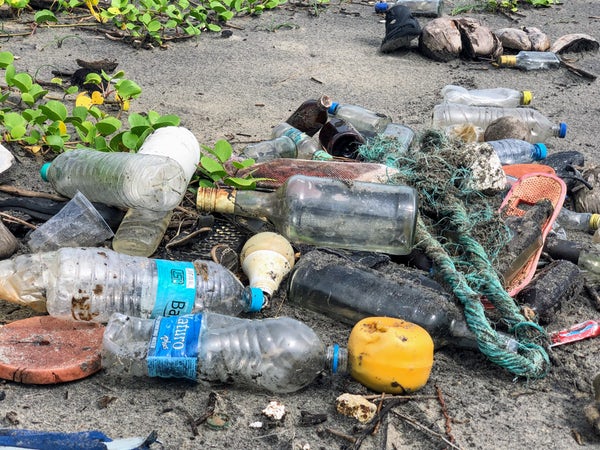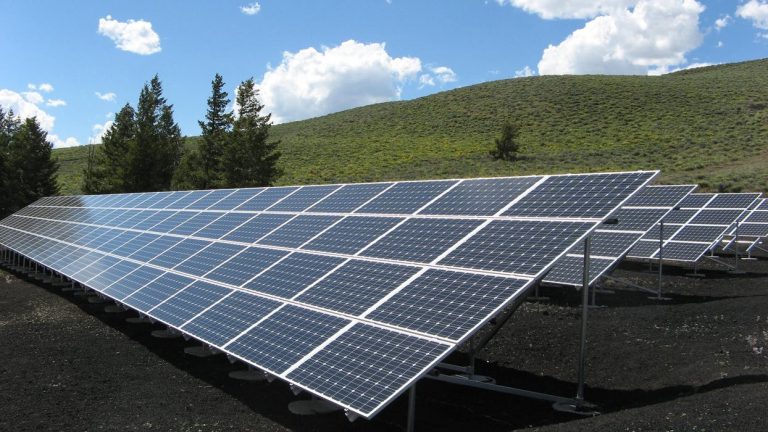
Much has been made of the impact of plastic on the environment, and rightly so. There is, yet, another reason why you should be careful of how you dispose of plastic namely, its effect on oceans and land animals. As it is, 80% of all marine garbage from land is plastic. Unlike other materials, this waste will not decompose. It will just break into small bits but it will remain at the bottom of the ocean as microscopic plastic soup. Expectedly, this plastic has a huge impact on marine wildlife.
In other cases, this plastic does not even get to the ocean, it remains on land. Is it still dangerous? The answer is a resounding yes. Plastics are a danger to terrestrial animals as well. The impacts these animals suffer mirror what happens with marine wildlife. They can, for example, suffer entanglements or accidental consumption that leads to death. Fortunately, you do not have to throw away your plastic waste anywhere. There are rubbish removal companies that utilise recycle and reuse strategies to help reduce the environmental impact of your trash, but before getting to those, here are three ways plastic pollution impacts ocean and land animals:
• It causes headaches
Do a simple search online and you will find viral videos with animals like racoons or dogs walking around with their heads stuck in a plastic jar. They are mostly grouped under ‘funny videos’ and some of them may be. However, when you think about the end of that animal, the subject becomes sober. Food containers were meant to have their contents poured or spoons dipped into them. They certainly were not meant for serving up food to hungry animals.
When an animal sticks its head in a container, it can overheat and suffocate. Depending on the duration, it could also starve or suffer dehydration. Eventually, it dies. Even your pet is not equipped to deal with the threat plastic presents. Plastic can also cause death when it gets stuck around the animal’s throat and makes it difficult for the animal to regurgitate to feed the little ones.
• It also causes bellyaches
There are a lot of places plastic does not belong and the belly of an animal is one of them. Animals can mistakenly consume plastic either when eating leftover food from containers or plastic bags that are laid on the ground. The plastic causes intestinal blockages in the animal. Like with suffocation, the animal ultimately dies. In another case, plastic also accumulates in the stomach and makes the animal feel full. They stop eating and soon die of starvation.
• It affects movement
Have you ever tried walking around with your legs wrapped with a piece of paper, or with a container stuck to them? In addition to being very uncomfortable, you can harm yourself and so can the animal. For example, the animal may be unable to get away from predators. In the event of oncoming traffic, the land animal finds it hard to get out of the way resulting in loss of limbs or even death. In some cases, the plastic will prevent the animal from getting to water and food sources.
Ocean animals equally suffer the same fate as their land counterparts. If a marine mammal, for example, or a reptile is entangled in plastic, it may struggle to get to the surface, become tired and eventually, it drags down and dies. A fish may also be unable to find food causing it to starve slowly. Additionally, incisions caused by plastic on the bodies of these animals can cause infections.
Knowing how plastic impacts the life around you should be an excellent motivator to dispose of waste properly. Before you even get to the disposal, you will need to consider how much of the plastics you use. When you have a choice, like in a grocery store, you can choose to aim for foods that come in environment-friendly packaging. Secondly, opt for plastics that are reusable and recyclable. For example, you can pick reusable water bottles and even your bill will appreciate.
Finally, and most importantly, you need to be mindful of how you get rid of plastic. There are rubbish removal companies that can pick up your waste and make sure to recycle it correctly and responsibly.





Leave a Comment